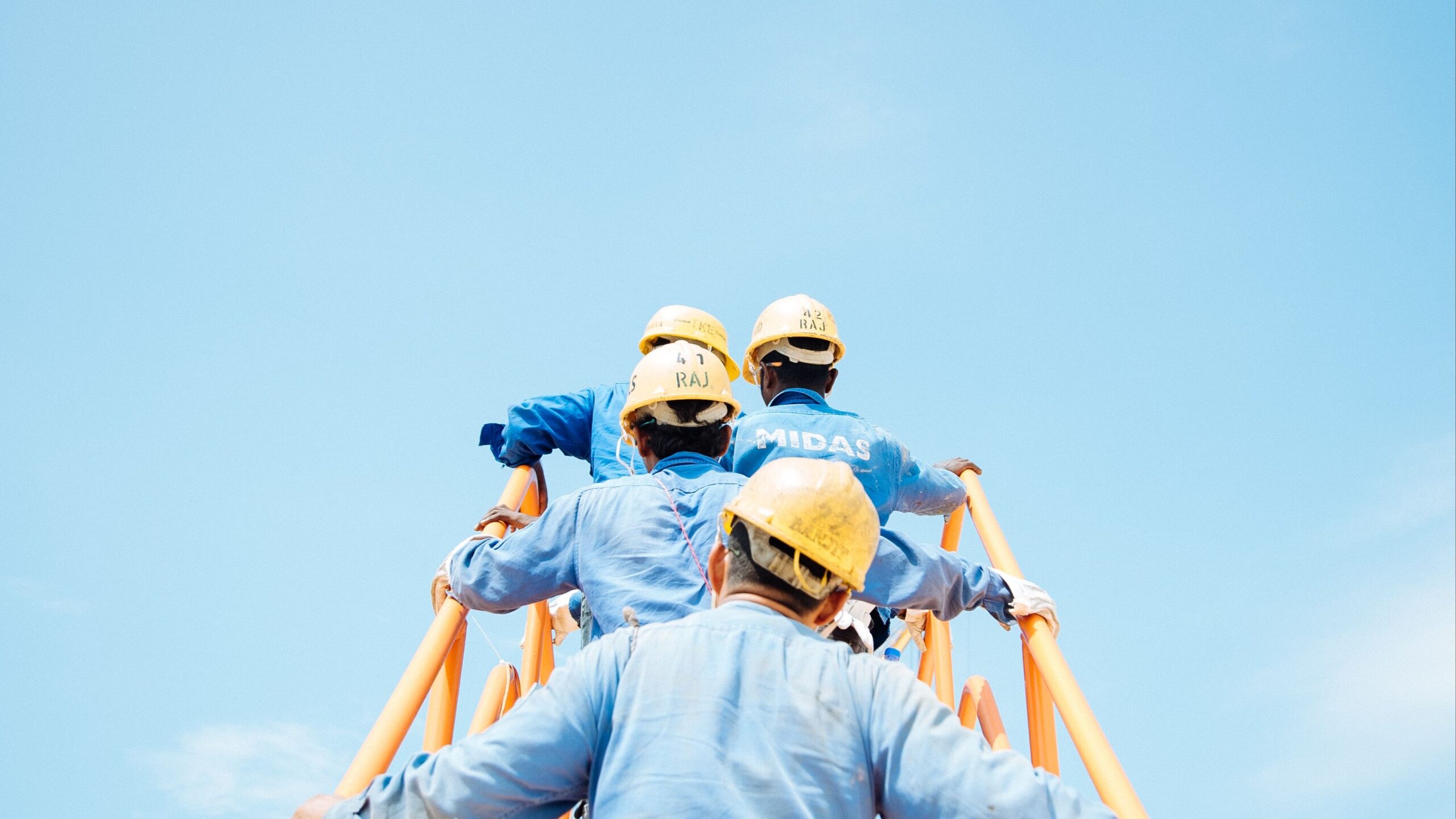497,300 people had a work-related injury or illness last financial year and of those, 54% received workers’ compensation. Whilst the focus must be on health and safety protocols, research shows that by taking a proactive approach to employee wellbeing, businesses can decrease health plan costs and workers compensation claims by approximately 25%. A holistic approach that prioritises factors including sleep, exercise, and recovery must be considered when looking at workplace safety.
Sleep: The Unsung Hero of Workplace Safety
A fundamental yet often overlooked aspect of wellbeing is sleep. In the relentless pursuit of productivity, many employees sacrifice their sleep, believing it to be a trade-off for career success. However, insufficient sleep can lead to decreased cognitive function, impaired decision-making, and a heightened risk of accidents on the job. In fact, sleep-deprived employees are 70% more likely to be at risk of workplace accidents compared to those that get adequate sleep.
Those at risk the most are shift work employees. Employers should encourage a healthy work-life balance by discouraging excessive overtime and provide employees with education on how to create a healthy sleep habits.
Exercise: The Key to Physical Resilience
Physical fitness isn’t just about looking good; it’s about building resilience. Fit employees are less prone to injuries and recover faster when accidents do occur. Additionally, employees with lower levels of fitness are 2.2 times more likely to experience injuries compared to their high-fitness counterparts. Encouraging regular exercise can be a game-changer in your workplace safety strategy.
Research shows that workplace physical activity programs reduce the incidence of musculoskeletal pain. Exercise not only strengthens muscles but also enhances balance and coordination, reducing the risk of slips and falls.
Promote physical activity by offering gym memberships, organising team sports, or even integrating short exercise breaks into the workday. Encourage employees to take short walks or stretch during breaks to combat the negative effects of prolonged sitting. Offering group exercise classes and providing resources on how employees can prioritise physical activity throughout the work week should also be considered as strategies.
Recovery: The Missing Piece of the Puzzle
In our always-on, hyper-connected world, the importance of recovery cannot be overstated. Overworked, stressed employees are more susceptible to errors and accidents. By fostering a culture of recovery, you can mitigate these risks and enhance overall employee wellbeing.
A study published in the Journal of Occupational Health Psychology found that employees who took sufficient breaks during the workday were less likely to experience workplace injuries and had increased performance. Recovery, in the form of mental and physical breaks, can significantly reduce stress and improve focus.
Encourage employees to take regular breaks, both short and extended, to recharge. Provide access to relaxation spaces where employees can unwind, resources on mindfulness, or workshops on stress management.
How Better Being Can Help
Our tailored wellbeing programs and solutions are designed to address the unique needs of your workforce, ensuring your employees thrive both physically and mentally, ultimately contributing to a safer, healthier work environment. Our programs focus on four core pillars – Movement, Mindset, Nutrition and Recovery – and provide your employees with the tools they need to prioritise their health.





